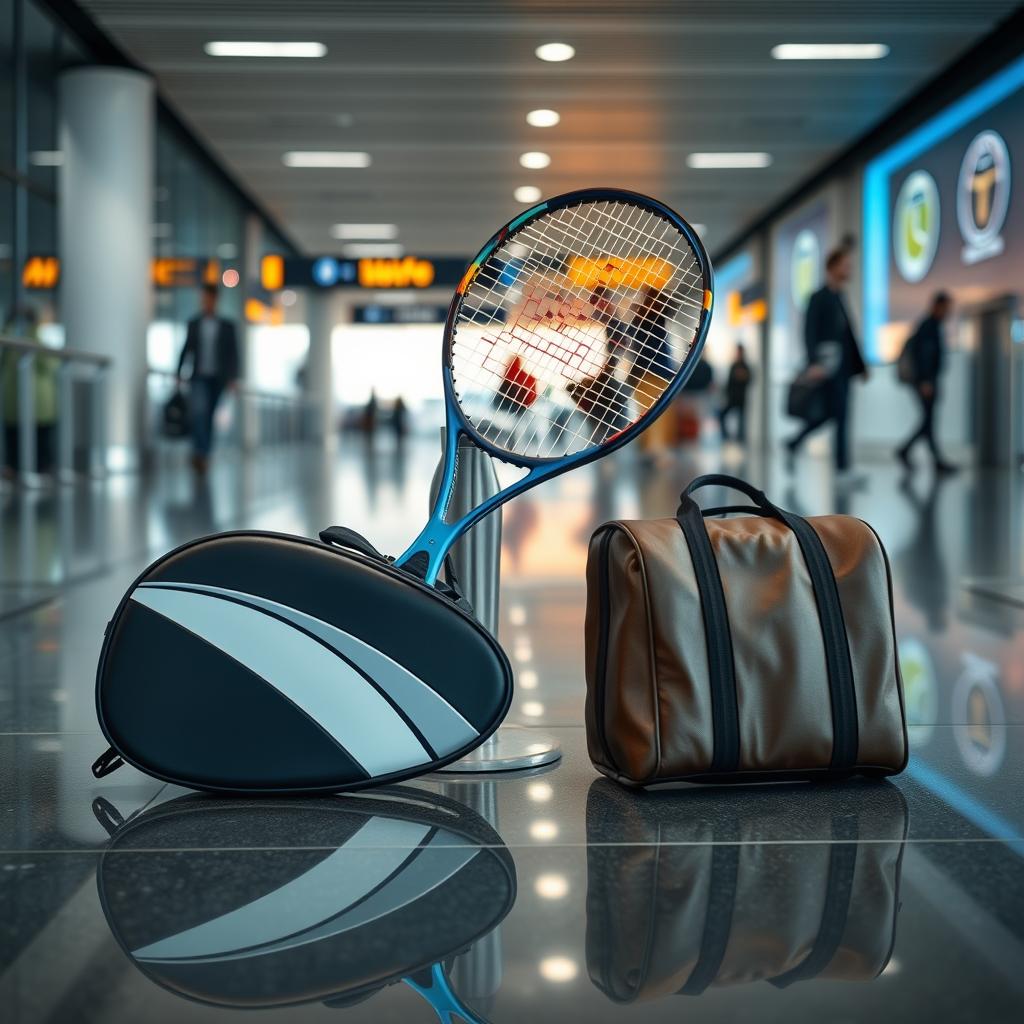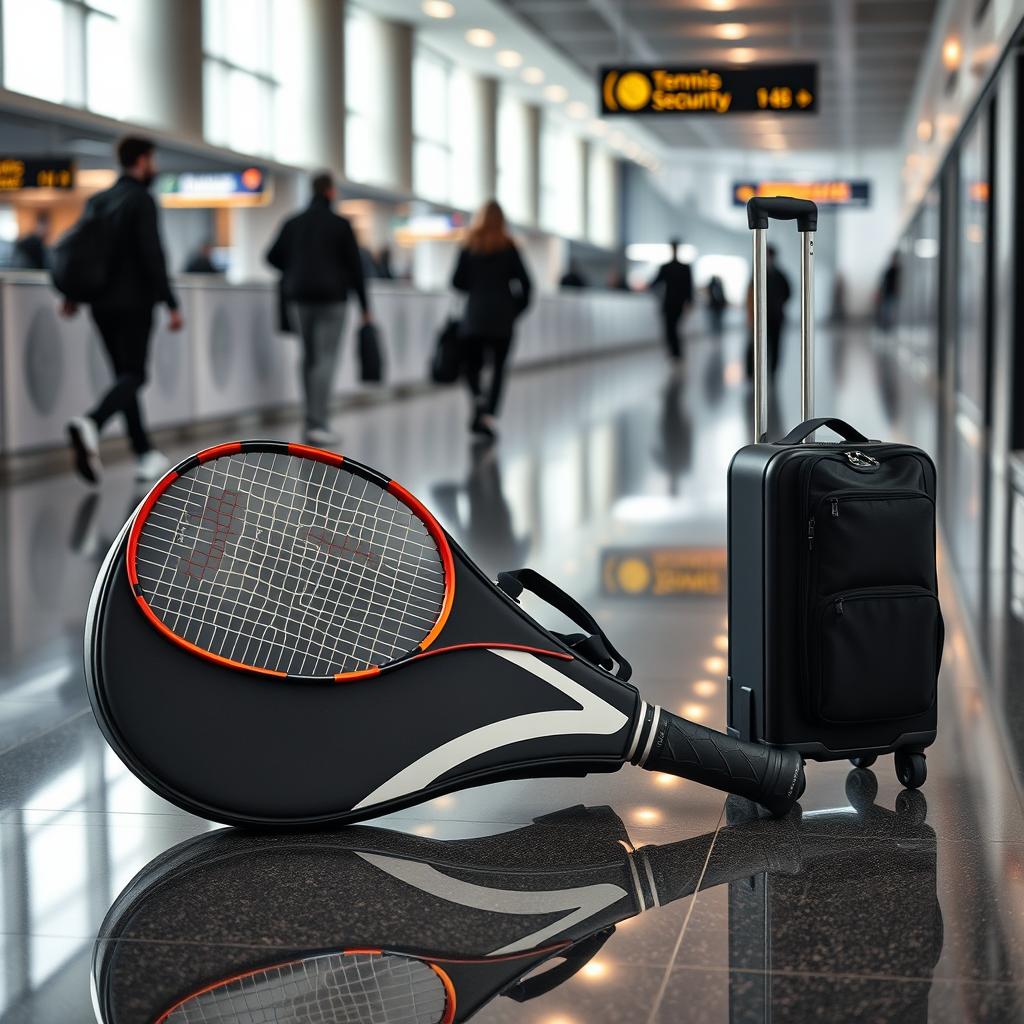Traveling with tennis equipment presents unique challenges. Racquets are long and fragile; tennis bags often carry multiple rackets, shoes, racquet grips and personal items. To ensure smooth transit:
- Pack securely: Use a high-quality hard-shell tennis bag or racquet tube. Wrap and cushion rackets inside to protect frames and strings from crushing. Remove and pack small valuables (strung balls, changeable grips, extra strings) inside carry-on or padded compartments. Mark the bag as “Fragile” if possible. Most pros pack spare grip overwraps and vibration dampeners in checked baggage, but expensive racquets themselves benefit from hard cases.
- Carry-on allowances: In many markets (e.g. USA, Europe) tennis racquets are allowed as carry-on items. TSA explicitly permits rackets in both carry-on and checked baggage (tsa.gov). If your airline cabin bag limit allows, consider carrying on at least one racquet (a backup) to avoid total loss. Check with the airline first: some restrict dimensions for carry-on, which might force you to check even a racquet bag.

- Checked baggage: Airlines generally treat a tennis bag as sports equipment. For example, Ethiopian Airlines’ policy categorizes a tennis/squash equipment set as one special baggage item (ISR code SPEQ) with an $80 fee (ethiopianairlines.com). Some carriers waive extra fees if it fits within your normal allowance; others may charge an additional bag fee. Always declare large sports bags at check-in so handlers tag them properly. Keep receipts of your gear and note the Montreal Convention liability (currently ~1519 SDR ≈ USD 2,020 (condonlaw.com), as airlines’ automatic compensation may not cover high-end equipment.
- During tournaments: Players on tour often dispatch entire sets of racquets. Tennis organizations recommend packing rackets in either a club-standard padded racquet bag or a hard-shell case, and labeling it clearly. For international flights, it’s wise to unstring one racket (some airlines worry about pressure changes) or put string and dampeners in carry-on to protect against climate or mechanical shock in cargo. Remember that checking a tennis bag means it will go to the hold, so any temperature/humidity-sensitive items (e.g. cork stoppers in shoes, or racquet grips) should be sealed or in plastic.
- Liability & Insurance: Given that airline liability is capped, many serious players carry equipment insurance. In case of loss or damage, you’ll claim against insurance rather than rely on the standard ~$2,000 limit under Montreal. Always check baggage immediately upon arrival: if a racquet is broken, file a damaged-baggage report at the airport. Keep any broken pieces as evidence until the claim is settled.
Overall, best practices include double-checking airline policies before travel (some may have relaxed rules for sports pros), using protective gear, and allowing extra time at check-in to tag special items. Ensuring proper packing and awareness of carrier rules will minimize the risk to valuable tennis equipment when traveling abroad.


